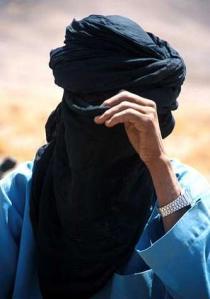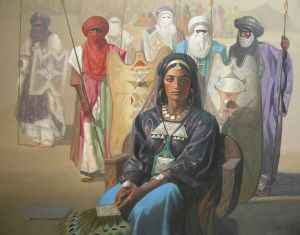My grandmother from my mother’s side of family passed away when I was about three, I don’t remember her at all…I remember the day she passed a little, my mother’s crying image still flashes at me sometimes.
My fathers’ mother passed away about three years ago, it was very sudden, and the fact she lived far with my uncle made it even harder. Neither me or my brothers spent enough time with her. She hated leaving the small village of her birth and we all lived in the city too busy with school and life and missed out a lot.
My Mother has an aunt, may god bless her, she has always been the closest thing to a grandma to me.
When I think of the old wise lady that would tell you bedtime stories while brushing your hair, she would be the one.
I don’t know about you guys, but I love being told stories. The weirder and more imaginative the better. Whenever Mother would come to visit, both me and my cousin call my mother’s aunt Mother, we would sit and beg for the stories.
She would object if its day time, apparently people who told stories during the day will give birth to bald children 🙂 Like I said, weird and imaginative.
Why this post you may ask?
A few days ago I found a post on The Paperbook blog about submissions to their collective culture issue, the post reminded me of Mother’s stories.
When I think of culture, I think food, clothes, history and more than anything: myths and stories.
In my mind the way people told stories of fictional creatures and events says a lot about their hearts and souls just like they spoke of their minds.
I also like to think that if anything showed the true colors of some nation, it would be the innocence and honesty of which they told the stories.
Ghouls, talking table wear and animals were Mothers heroes and always present in every story. I don’t remember them all, to my ultimate dismay, but I remember my favorite ones quite well.
The stories of Grandmothers and elders are not exactly about the strange beings or events in them as much about the lessons and wisdom they carried, well, not when they were only set to make us frightened beyond repair. I never had any nightmares, my cousin claims that she did at times. It probably had something to do with all the human eating and speaking dead ghouls. I don’t think it was that scary, I mean even ghouls had to eat 🙂
I believe storytelling is a teaching tool and just like books in the time of the prints, and e-books in the digital world. I like to think that those stories will live on, and the tradition will be carried on by us when we have our own grandchildren, even if it will be done by through instant messaging and video calls…Wait, it already been told that way by some cool grans, isn’t it?
So, here is the thing: Do you have nay special memories of bed time stories and strange tales told by a grandparent or some other family member? Did you like it, Do you miss it or do you still have it one way or another?
Come on, share some stories with me, I love to hear them 🙂
I’ll catch all later, and for those wondering about my NaNo calamity…I think I’m doing better.
Thanks for the read and have a nice day 🙂



